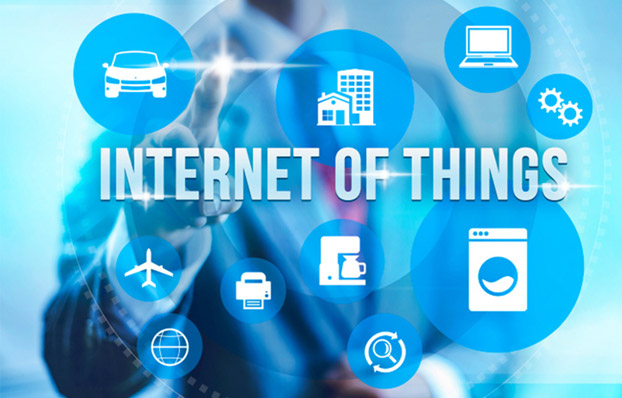
Internet of Things (IOT) : On the basis of the Internet, extend and extend its user end to things and things and people, all things and the network connection, and information exchange and communication. The Internet of Things is an extension of the Internet. Internet is a new way of interpersonal connection formed by connecting people to the Internet through computers, mobile terminals and other devices. The Internet of Things, on the other hand, uses sensors, chips and wireless modules to connect objects together. The core driving force of IoT is multi-level and multidimensional mature technologies, the most important of which are MEMS sensors, various communication protocols including NB-IOT, cloud computing, RFID, etc. It is these technologies that greatly stimulate the rapid development of IoT.
With the development of the Internet of Things and smart hardware products, antennas are needed to transmit data over the Internet. The smaller the space, the more frequency bands, the more complex the antenna design. Antenna, one of the two core hardware of wireless communication (one is wireless module, the other is antenna), directly determines the quality of communication network, such as long communication distance, rapid networking, stable network, etc. RFID antenna (PCB wire antenna, FPC antenna, etc.), WIFI antenna and so on are based on the application of PCB/FPC circuit board.
The development of NB-iot will bring great changes to the Internet of Things and directly affect everyone's life. Here are some typical scenarios and changes:
Smart City:
Starting from intelligent metering of water, electricity and gas meters, public parking management, environmental protection monitoring and other fields, the ability of urban public services and public management is improved. Monitoring a city requires many aspects and low cost. Nb-iot and LTE make it possible to control street lighting, free parking, and environmental monitoring. As mentioned earlier, NB-iot modems are competitively priced. For example, the module is expected to cost $5. The main requirement for smart meter reading is network coverage. Sometimes meter reading is needed in areas with poor signal, such as remote areas and underground. Nb-iot monitors gas and water meters through regular small data transmission. This leads to better network coverage.
Big Data:
In smart home, wearable devices, child and elderly care, pet tracking and consumer electronics and other products, strengthen business model innovation; Nb-iot all support massive sensors for activities ranging from large data volumes to small data volumes. Enabling portability and implementation of big data.
Industrial Iot and Smart Manufacturing:
Combined with industrial Internet and intelligent manufacturing to promote integrated innovation, the monitoring and control of production and manufacturing process, in logistics, transportation, agricultural production and other fields of application will be greatly expanded.
Smart Home:
In the market based on IoT technology, more and more application scenarios are associated with people. (Such as Smart Home, Autonomous Driving, Smart Healthcare, Smart Office). With the outbreak of intelligent terminal devices, users also put forward new requirements for the interaction mode between human and machine, which gradually stimulated the human-computer interaction market of AIoT. Now with the rapid development of algorithms and big data, artificial intelligence has been pushed to the forefront of science and technology, smart home has also entered the 3.0 stage represented by artificial intelligence. For example, Google, Apple, Microsoft, Samsung, Huawei, Xiaomi and many other technology companies have entered the market. Under their efforts, the global smart home industry has a promising future.

